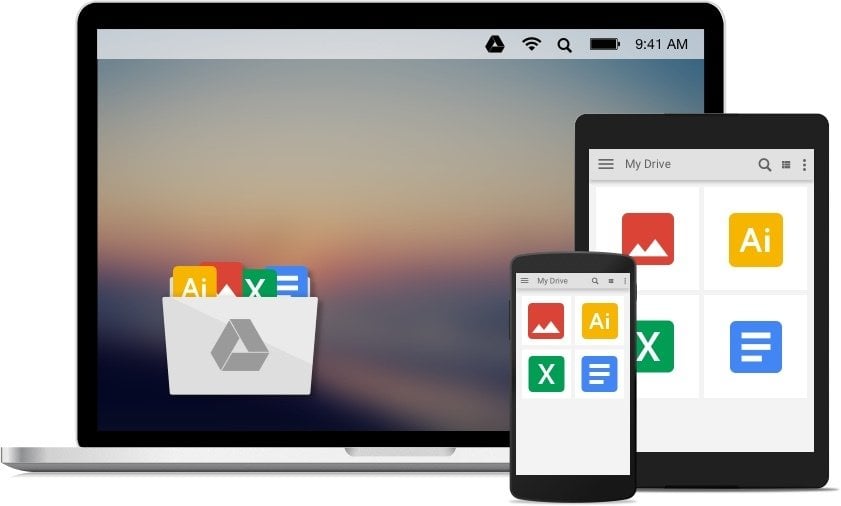

Nearly half the 1,700-person class were women, and plenty were adventurous and inventive, tinkerers and computer camp veterans who competed fiercely in engineering contests one won mention in the school paper for creating a taco-eating machine. In some fields, the women of the class went on to equal or outshine the men, including an Olympic gold medalist and the class’s best-known celebrity. While women had traditionally lagged in business and finance, these students were present for the creation of an entirely new field of human endeavor, one intended to topple old conventions, embrace novel ways of doing things and promote entrepreneurship. The university, already the most powerful incubator in Silicon Valley, embarked back then on a bold diversity experiment, trying to dismantle old gender and racial barriers. The reunion told a more particular strand of Internet history as well. Among the landmarks on its campus is the motherboard from the servers used in Yahoo’s 1994 debut. “I tell people I graduated from Stanford the day the web was born,” said another alumnus, Justin Kitch, whose senior thesis turned into a start-up that turned into an Intuit acquisition.Īt the heart of Silicon Valley sits Stanford University, long an incubator for the technology industry. At a football game, the alumni brandished “Fear the Nerds” signs and gossiped about a classmate who had recently sold the messaging service WhatsApp for over $20 billion. Brunch the next morning was hosted by a venture capitalist who had made a key investment in Facebook. They finished college precisely when and where the web was stirring to life, and it swept many of them up, transforming computer science and philosophy majors alike into dot-com founders, graduates with uncertain plans into early employees of Netscape, and their 20-year reunion weekend here in October into a miniature biography of the Internet.Ī few steps from the opening party, the original Yahoo servers, marked “1994,” stood at the entrance to an engineering building, enshrined in glass cases like religious artifacts. In the history of American higher education, it is hard to top the luck and timing of the Stanford class of 1994, whose members arrived on campus barely aware of what an email was, and yet grew up to help teach the rest of the planet to shop, send money, find love and navigate an ever-expanding online universe.


 0 kommentar(er)
0 kommentar(er)
